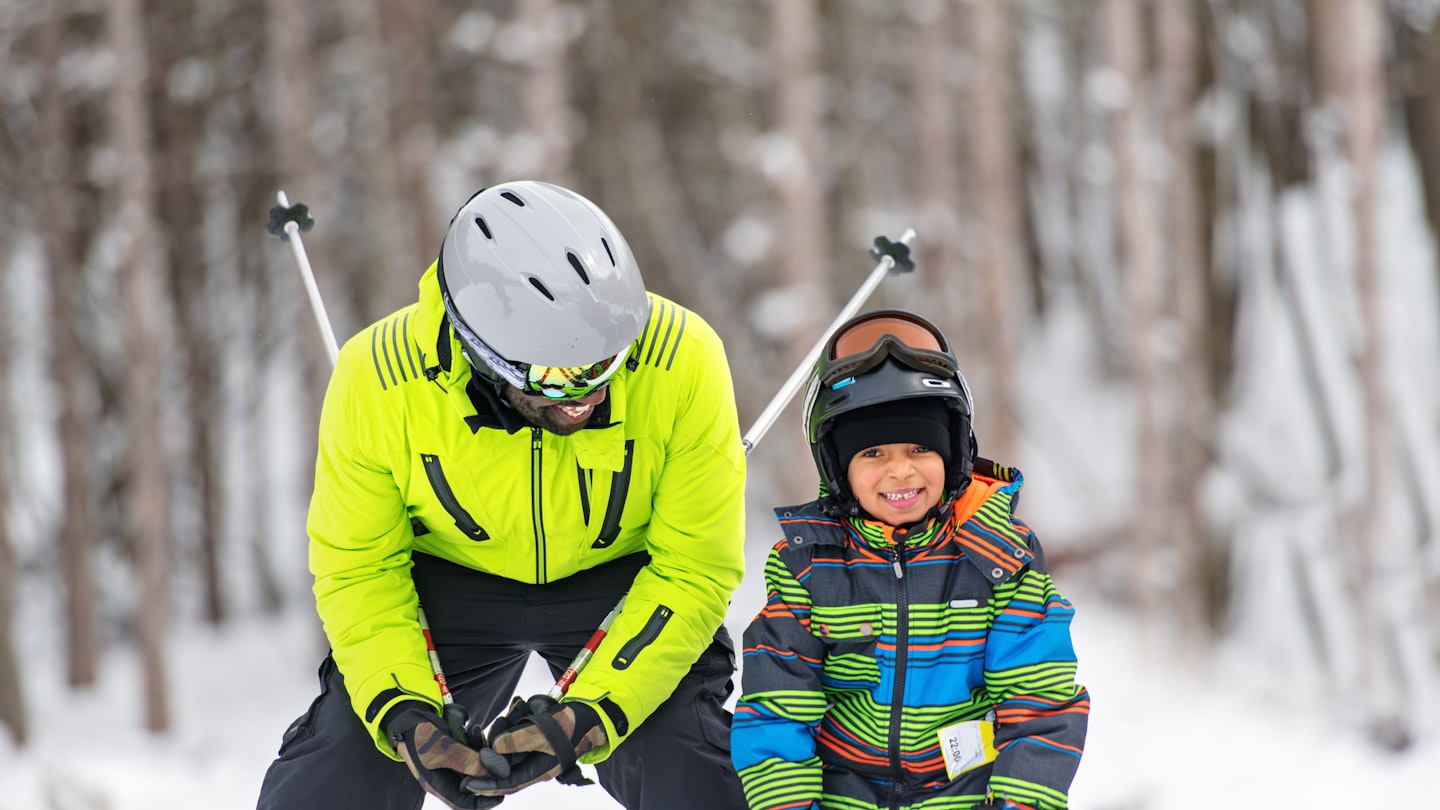Changes for the 2021-22 Ski Season in North America

As the winter season approaches and cooler weather blankets most of North America, ski resorts in the United States and Canada are gearing up for the 2021-22 ski season. Similar to the previous year, skiers will notice adjustments aimed at minimizing the spread of COVID-19.
Recent statistics from the National Ski Areas Association reveal that the United States saw 59 million ski visits during the 2020-21 season, marking it as the fifth busiest season since tracking began in 1978. This year, the demand for skiing is anticipated to remain equally high.
What to Expect Outdoors: Full Capacity
When outside, visitors can expect a sense of normalcy returning to the slopes. Ski lifts are likely to operate at full capacity, with fewer resorts enforcing reservation systems for entry. Moreover, most places no longer mandate masks while skiing or using open chair lifts outdoors.
The 2021 season will also bring back outdoor events, allowing for spectators once again. If attending such events, be sure to check specific requirements for your destination. Some locations may ask for proof of vaccination or a negative COVID-19 test prior to attendance. For instance, Washington State requires individuals aged 12 and above to provide either proof of vaccination or a negative COVID-19 test taken within 72 hours.
Indoors: Dining, Masks, and Vaccine Proof
Indoors, however, safety protocols vary by location and resort. Many establishments still require masks, while some may request proof of vaccination for indoor dining.
For example, Vail Resorts, which manages 34 ski resorts across the US and Canada, will require proof of vaccination for individuals aged 12 and older to enter their cafeteria-style restaurants. Additionally, they will continue to enforce indoor mask mandates when not actively eating or drinking.
Similarly, Aspen Skiing Company-owned resorts in Colorado require visitors to show vaccination proof to enjoy their full-service dining facilities and to stay at owned hotels.
Meanwhile, Ski Utah has compiled a list of COVID-19 protocols for each of its 15 ski resorts.
In Canada, stricter safety requirements are in place, which most travelers are likely familiar with upon entering the country. For instance, in British Columbia, visitors must present a BC Vaccine Card in addition to valid photo ID for entry into table service restaurants and bars. At the Banff Ski Resort in Alberta, guests will be required to show either proof of vaccination or evidence of a negative COVID-19 rapid test taken within 72 hours of arrival.
For non-residents of Canada, the proof of vaccination used to enter the country, along with your passport, will satisfy the requirement.
Ski Buses, Trains, and Other Transport Come Back
On weekends, traveling to ski resorts from Denver can produce heavy traffic, making the return of alternative transit options especially welcome this season in Colorado, renowned as the top state for skiing in the US.
This year, the Winter Park Express Ski Train will resume service starting January 14, 2022, after being canceled in 2020. Operated by Amtrak, this train runs on Friday, Saturday, and Sunday, transporting skiers from Denver’S Union Station straight to Winter Park Resort. The journey takes around 2 hours and offers stunning views of the Rocky Mountains.
Additionally, the Colorado Department of Transportation’s Bustang will reintroduce Snowstang, its bus service connecting to Loveland Ski Area, Copper Mountain, Arapahoe Basin, and Steamboat Resort in Steamboat Springs.
At Lake Tahoe, the North Lake Tahoe Express shuttle service is available connecting Reno Airport to North Lake Tahoe and Truckee, while the Utah Transit Authority’s Sky Bus will commence operations in December in many districts.
It is important to note that masks remain mandatory on all public transportation, necessitating compliance during travel.
The Impact of the Caldor Wildfire on Ski Resorts
COVID-19 posed significant challenges to ski resorts in the Lake Tahoe region, which spans California and Nevada. Additionally, the Caldor wildfire, active from August to October, threatened numerous properties.
Fortunately, Heavenly and Kirkwood resorts suffered no damage; however, Sierra at Tahoe did not escape unscathed. It has yet to announce an official opening date as damage assessments continue, though hopes remain for a 2022 opening.
On their website, Sierra at Tahoe stated that the West Bowl Express will not be accessible this winter and reported damage to the Grandview Express haul rope, which suspends the lift’s chairs, due to the fire. A replacement cable has been ordered and is currently being manufactured in Switzerland.
For detailed information on COVID-19 and travel, feel free to explore external resources outlining the latest updates and guidelines related to travel safety and health.
This article was first published on November 24, 2021, and updated on December 8, 2021.




